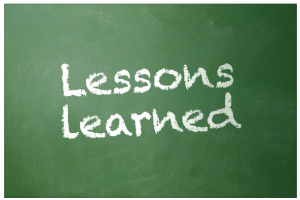
I was thinking about the post I wrote about Student Created ICL Project Plans to connect further to our hope for student ownership and directing of their learning. Project planning gets students to think about how to design their projects, especially when using technology. To make plans even more meaningful, to get further student reflection and eventual deeper understanding, here are a couple more ideas that one could include in the project planning process.
For some time now, teachers have been working with students to help create rubrics. So let’s add rubric creation as another component to the ICL project planning guidelines. Another step could be the addition of student-created benchmarks working from the teacher-provided ones. By having the students unpack the official benchmarks and rephrase them in their own words, they further their understanding of what their projects should demonstrate while helping improve the design of what they plan to do.
One strategy to help expand and define the benchmarks could be to use a mind-mapping tool. Students populate the map with the provided benchmarks while adding their learning goals. As they proceed in the research and learning product creation process, they can return to their mind map to further define and expand the benchmarks as their understanding deepens. Once the projects are completed and shared, the students can use the finalized rubric to assess their work.
Connecting to Personal Learning Systems is having students design and construct their learning plans. American public schools have been doing this for students with special learning needs for a long time. Some schools have taken the idea and expanded it to all of their students. We increase student agency and ownership of their learning by creating a system that puts the student at the center of the design process. A learning plan template with lots of scaffolding and a construct that supports student self-reflection makes this work.
The plans would need a lot of upfront design work to provide an individualized template for each grade level. They would have common structures such as goal setting, personal mission statements, interests, etc. The school’s core values and other themes (e.g., wellness, community involvement, etc.) could also be woven into the structure of the plans, thus providing another learning mechanism to support the school’s culture and the portrait of a graduate profile.
Connecting the learning plan to the portfolio would build in the action steps and reflection scaffolding to guide students to follow through on their plan. A strong wellness/life skills integrated curriculum would develop the strengths and dispositions needed for students to own and direct their learning.


